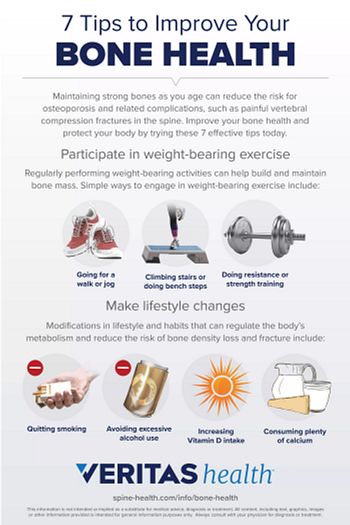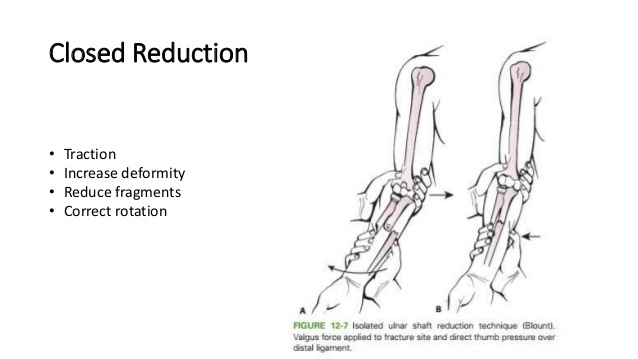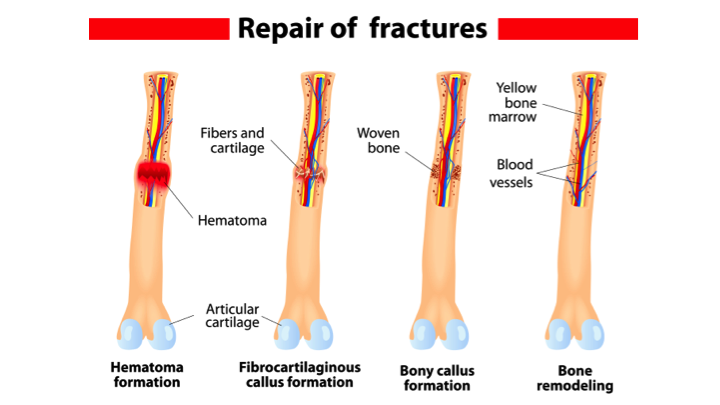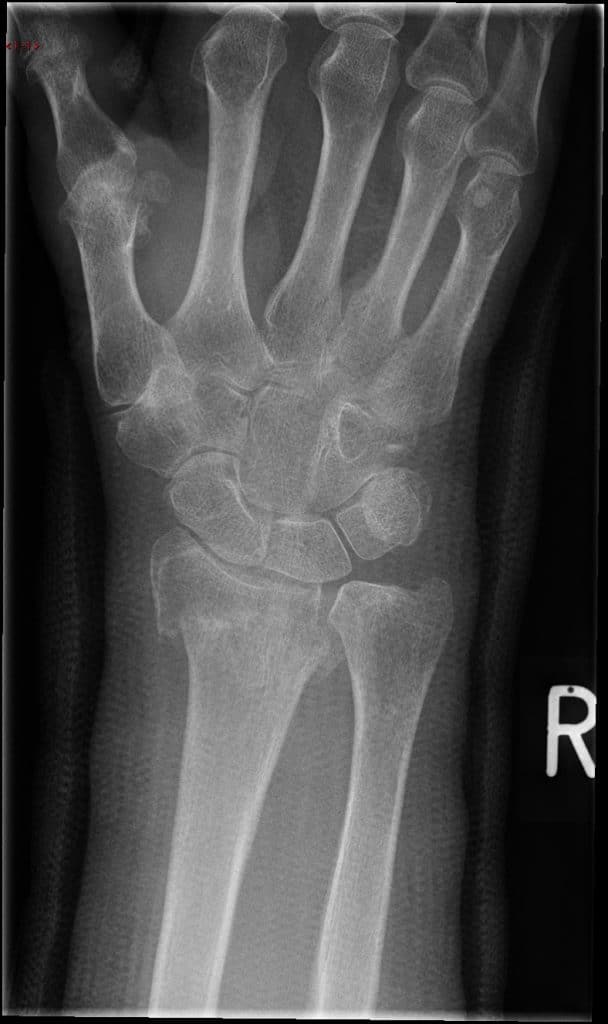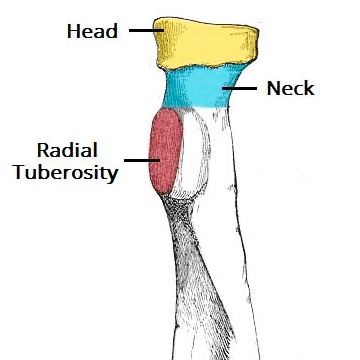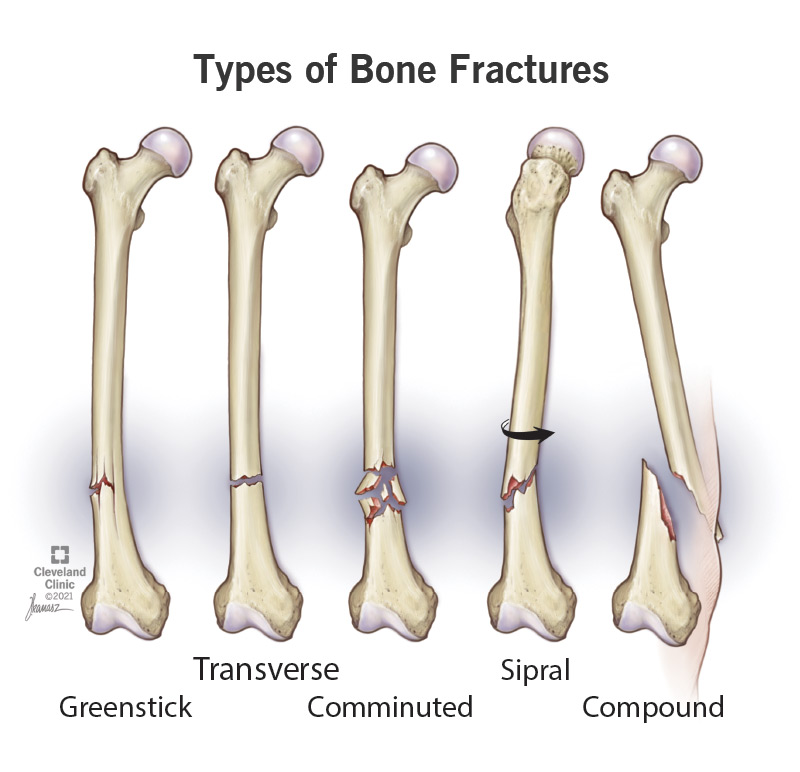Top Notch Info About How To Reduce A Fracture

You can apply compression with static bandages, elastic bandages, or cold and.
How to reduce a fracture. General principles of fracture reduction involve axially distracting or pulling on a fracture fragment and pushing the piece back into anatomical alignment. Nutrition is really, really important for maintaining bone health, emphasizes sarah van. Here are a few tips to help lessen your risk of falls and broken bones, also known as fractures:
To reduce your risk of a compression fracture from osteoporosis, you should: This can be seen in. Keeping your arm slightly elevated while resting or sleeping may help prevent excess fluid from building up around the fractured bone.
This video demonstrates the reduction and splinting of a severely angulated forearm fracture in a 10 year old boy. Pringle, 29, of the bronx, was busted a short time after. Conservative treatment involves either functional treatment or closed immobilization with or without any.
Improve the chances that your limb will function normally and you will be able to use it normally when it heals; Place a pillow behind the knee of the affected leg, to flex the hip and the knee. Apply pressure to the wound with a sterile bandage, a clean cloth or a clean piece of clothing.
General steps in fracture treatment are reduction, immobilization, and rehabilitation. Add grab bars in the tub or. Remove tension on the skin and reduce swelling;
The most studied dietary pattern is the. Plan an exercise program that is right for you. Don't try to realign the bone or push a bone that's sticking out back in.
Elevation also helps reduce pressure. Don't try to realign the bone or push a bone that's. While no one has directly studied the long term effects of changing gait on the incidence of stress fracture injuries, changing gait mechanics to encourage a greater turnover.
When your muscles are strong, you are less likely to fall and get a fracture of any kind. Eat a healthy diet and get enough vitamin d and calcium, which strengthen. Applying pressure to an injury helps reduce swelling by restricting the flow of blood and other fluids.



/image-56a72afd5f9b58b7d0e78335.jpg)
